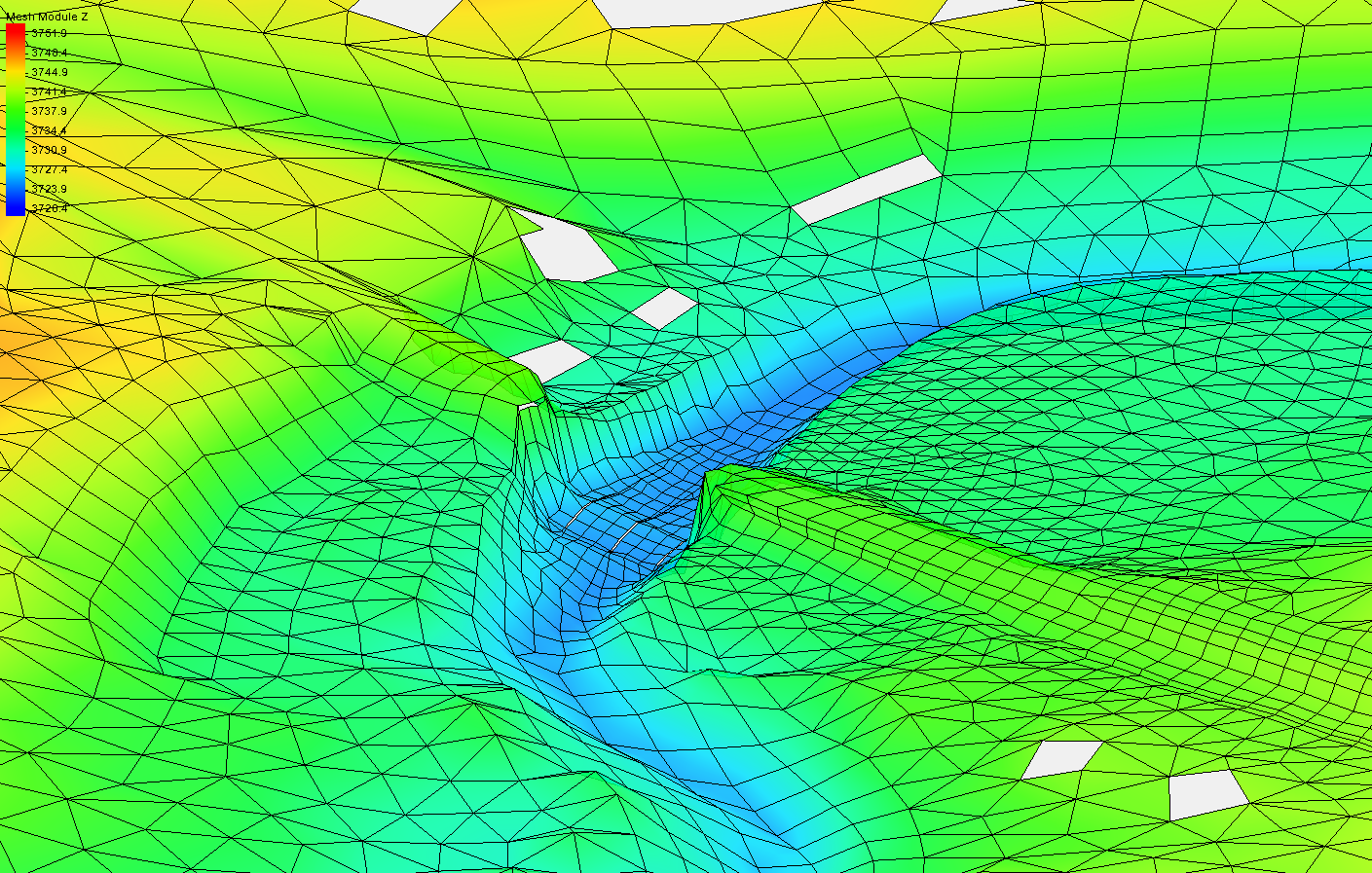2 Dimensional Hydraulic Modeling Quick Check Initiative.
Colorado | 2022 | Professional Work at Colorado Department of Transportation
During my time at the Colorado Department of Transportation (CDOT), I helped develop 3 flooding-scenario models for major infrastructure projects using 2-D hydraulic modeling software. This work was part of my job helping to deliver CDOT’s 2D Quick Check Initiative.
These models help project engineers identify safety and resiliency improvements to infrastructure early in the design process. The initiative has already saved $22.4 million dollars in tax-payer money , and is helping CDOT to redesign and retrofit infrastructure before the next major disaster strikes.
So what exactly does a 2D hydraulic model do?
Compared to a 1-D model, where one variable is used to solve two unknowns, a 2-D model uses more variables and makes fewer assumptions, leading to more accurate flood modeling predictions.
Derive key flood data and show flow direction and boundaries.
Test design options to determine differences in flooding outcome.
Here we are seeing flood water depths, where the deepest water levels are visualized in red.
Here we are seeing water velocity, where the fastest speeds are visualized in greens and yellows.
Notice how the channel on the left hand side is smaller under the bridge? We tested how flood dynamics would change at this bridge crossing if we widened the channel to allow for increased flow under the bridge. We found that this design alternative didn’t significantly reduce the existing danger, so this wouldn’t have been a good return on investment. This information could potentially save CDOT millions of dollars on a project that wouldn’t have helped.
Benefits of the 2D quick check initiative.
Cost value benefits of 2D quick check models at CDOT.
$18.1 million in calculated resiliency benefits.
$2.8 million in actual cost savings.
$1.5 million in deferred project opportunity.
Innovation functions resulting from 2D quick check models.
Structure updates | 25
Channel improvements | 10
Scour evaluation | 18
Roadway enhancements | 6
Safety | 14
Savings | 17





